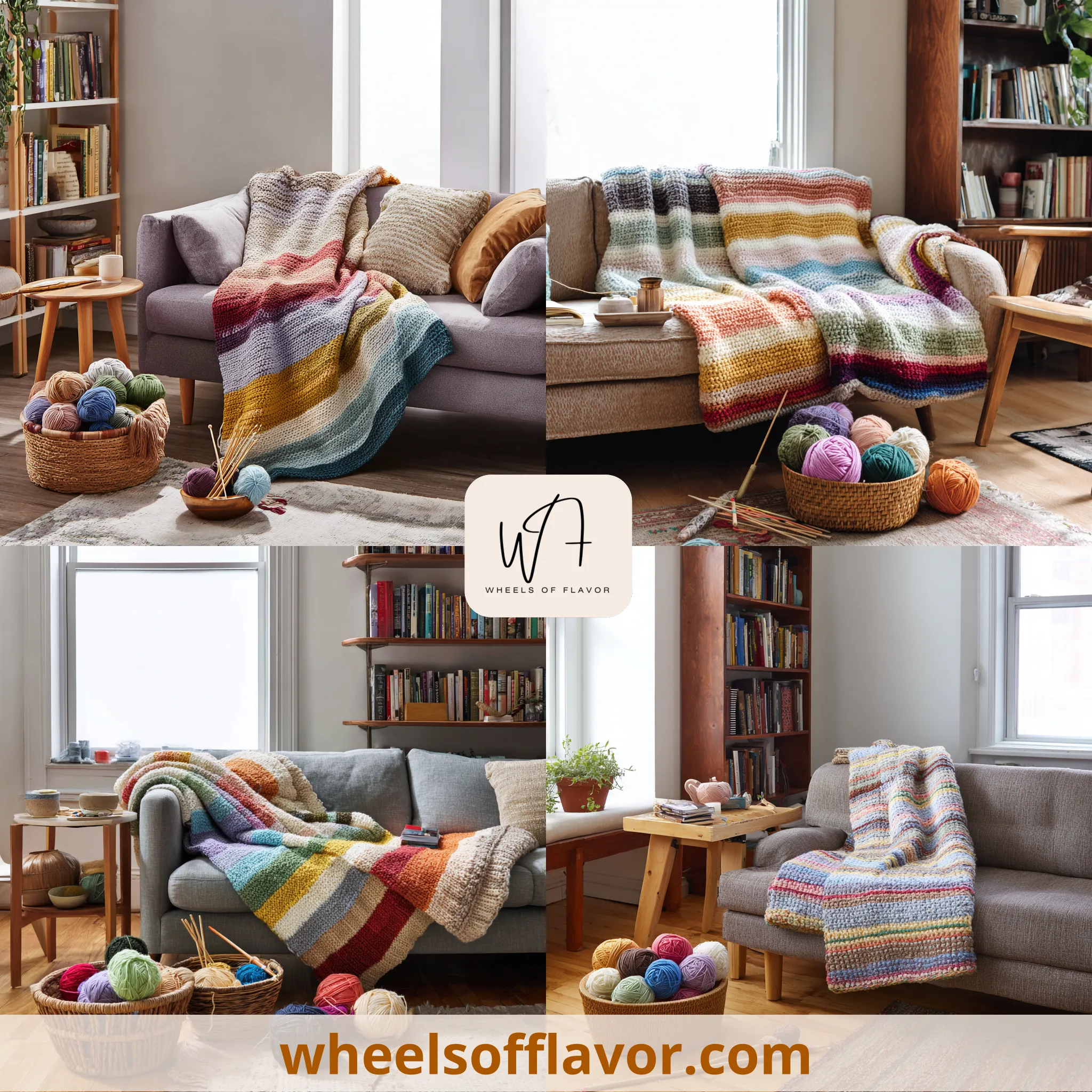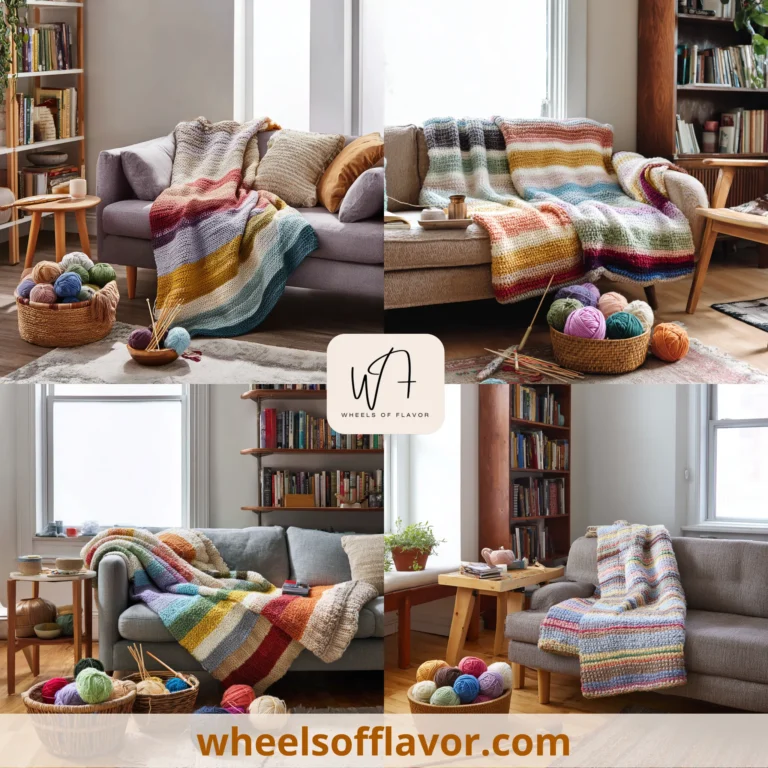
Temperature blankets are a unique and captivating way to blend creativity with personal history, offering a cozy addition to any home. By recording daily temperatures through colorful yarn, these blankets transform weather data into beautiful, functional art. This craft has surged in popularity due to its meditative process and the sentimental value it holds, making it a perfect project for both beginners and experienced knitters or crocheters. In this article, we explore innovative temperature blanket ideas that can inspire your next DIY adventure, helping you create a piece that not only warms your space but also tells a story. Whether you’re looking to commemorate a special year or simply add a personalized touch to your decor, temperature blankets provide a rewarding and engaging experience.
Classic Temperature Blanket Ideas for Timeless Appeal
Classic temperature blanket ideas often involve simple yet effective designs that use a single color for each temperature range, creating a striped or gradient effect. For instance, you might assign cooler colors like blues and purples to lower temperatures and warmer hues like reds and oranges to higher ones, resulting in a visual representation of seasonal changes. This approach is beginner-friendly and allows for easy customization based on your location's climate. To get started, choose a soft, durable yarn such as acrylic or wool blends, and use basic stitches in knitting or crocheting. A great resource for yarn selection is the Craft Yarn Council, which offers guidelines on materials suitable for blankets. Over time, this classic method builds a blanket that not only keeps you warm but also serves as a diary of the year's weather patterns, making it a cherished heirloom. For more inspiration on DIY projects, check out our guide on https://wheelsoflavor.com/diy-decor-tips.
Innovative Temperature Blanket Ideas with Unique Patterns
For those seeking a twist on traditional temperature blanket ideas, innovative patterns like granny squares, mosaic designs, or even temperature-based motifs can add depth and visual interest. Instead of linear stripes, you could create squares or hexagons where each piece corresponds to a week's average temperature, then assemble them into a quilt-like blanket. This method allows for more creativity and can incorporate additional elements like embroidery for special dates. Using a variety of stitches and textures enhances the tactile experience, making the blanket not just a visual masterpiece but a cozy companion. Remember to plan your color palette in advance to ensure cohesion, and consider using online tools or apps to track temperatures automatically. This approach transforms the project into an artistic endeavor, perfect for gifting or displaying as a focal point in your living room.
Seasonal and Thematic Temperature Blanket Ideas
Seasonal and thematic temperature blanket ideas let you tailor your project to specific times of the year or personal themes, such as a baby's first year or a wedding anniversary. For example, you could use pastel colors for spring temperatures or rich, earthy tones for autumn, adding elements like appliqués or borders to highlight seasons. Thematic blankets might incorporate symbols or colors tied to events, making them highly personalized and meaningful. This approach not only makes the crafting process more enjoyable but also results in a blanket that tells a unique story. To ensure accuracy, keep a daily log of temperatures and refer to reliable sources like weather websites for data. These ideas encourage experimentation and can be adapted to various skill levels, offering endless possibilities for customization.
Conclusion
In summary, temperature blanket ideas offer a wonderful blend of artistry and functionality, allowing you to create a personalized piece that reflects a year's worth of memories. From classic striped designs to innovative patterns and seasonal themes, these projects provide a rewarding way to engage with crafting while enhancing your home's coziness. As you embark on your temperature blanket journey, remember to choose materials that suit your style and climate, and don't hesitate to experiment with colors and techniques. Looking ahead, consider expanding your skills by exploring other DIY decor projects or even starting a temperature blanket for a friend or family member. The future of home crafting is bright, with endless opportunities to make your space more inviting and unique. Embrace these ideas and let your creativity flow—your next masterpiece awaits!
Frequently Asked Questions
Q: What materials are best for making a temperature blanket?
The best materials for a temperature blanket include soft, durable yarns like acrylic, wool, or cotton blends, which are easy to work with and provide warmth. Choose colors that represent your temperature ranges clearly, and ensure the yarn is machine washable for practicality.
Q: How do I choose a color scheme for my temperature blanket?
To choose a color scheme, assign specific colors to temperature ranges based on your preferences—for example, cool colors like blue for cold days and warm colors like red for hot days. Use a gradient effect for visual appeal, and consider using online color palettes or inspiration from nature to create a cohesive look.
Q: Can beginners make a temperature blanket, and how long does it take?
Yes, beginners can make a temperature blanket by starting with simple stitches and a straightforward design. It typically takes a year to complete if worked on daily, but you can adjust the pace. Practice basic knitting or crocheting first, and use resources like tutorials to build confidence.

